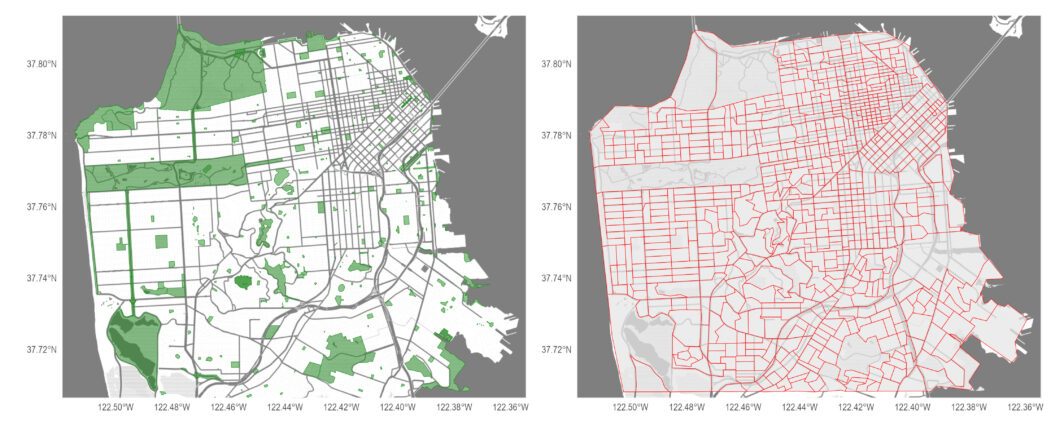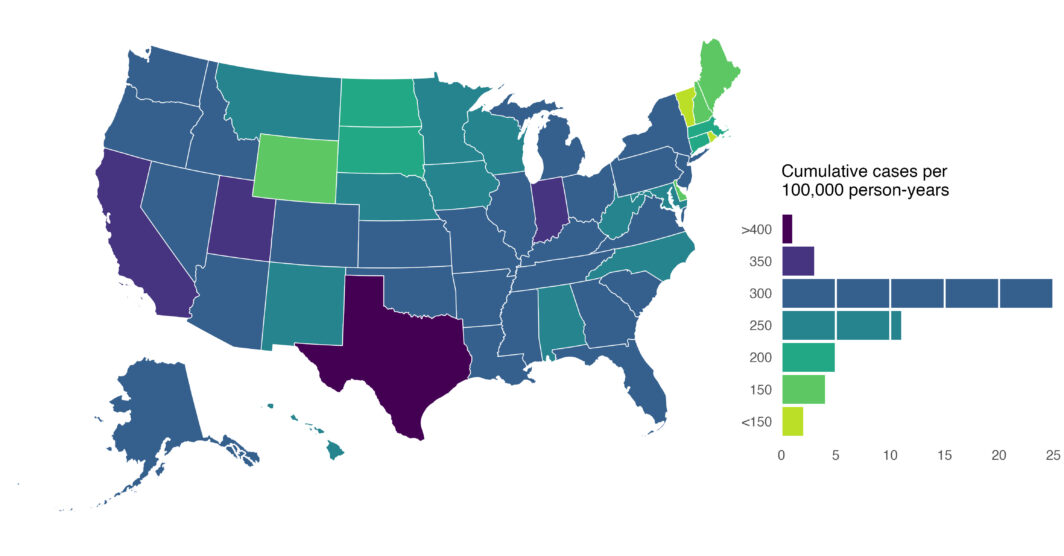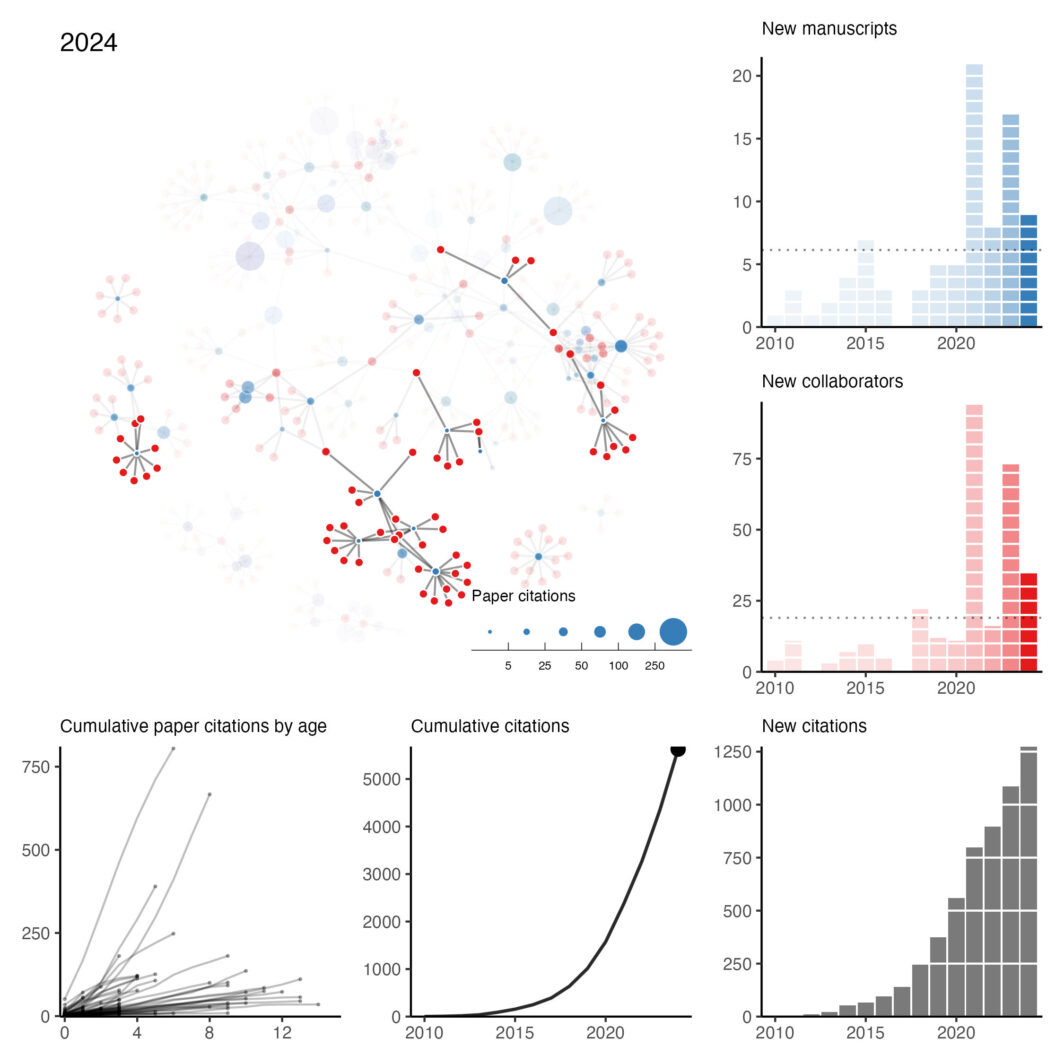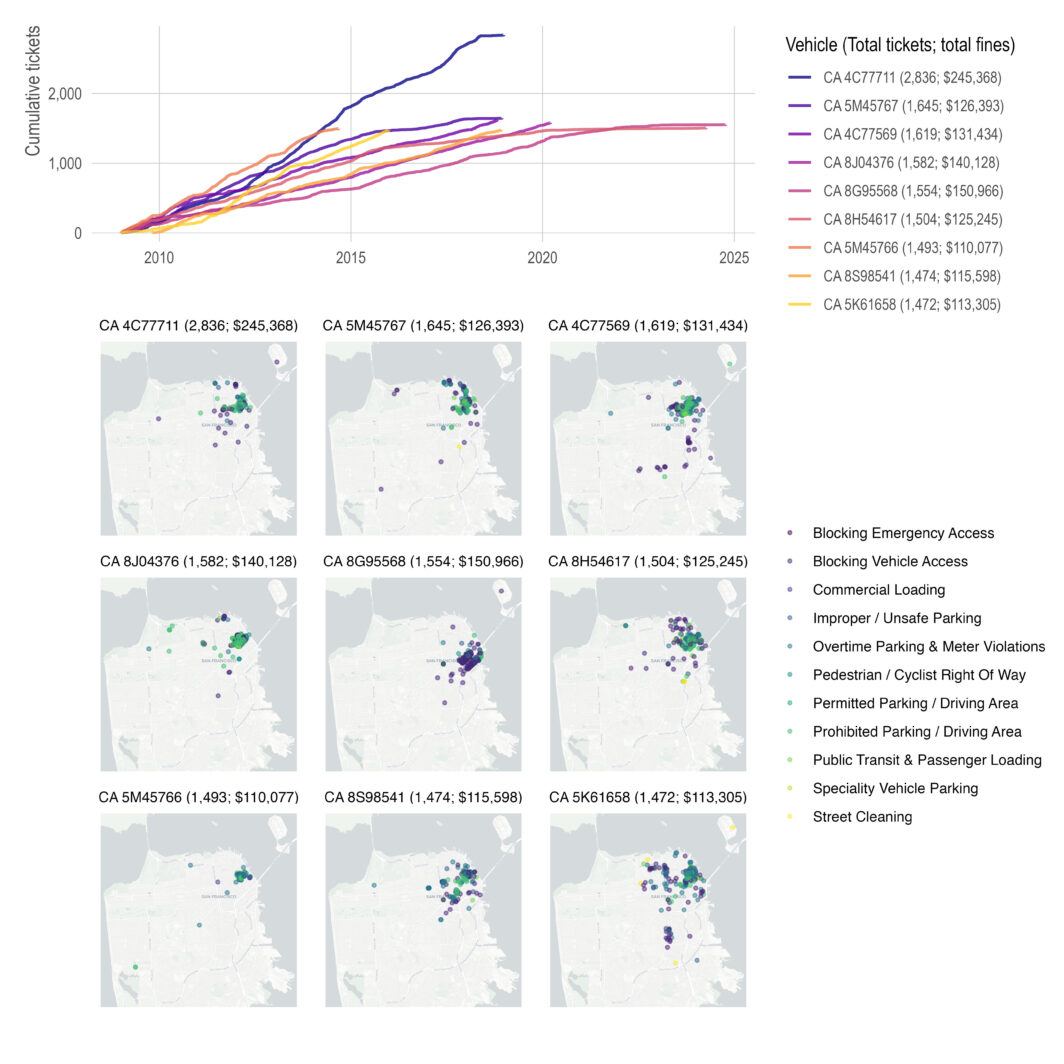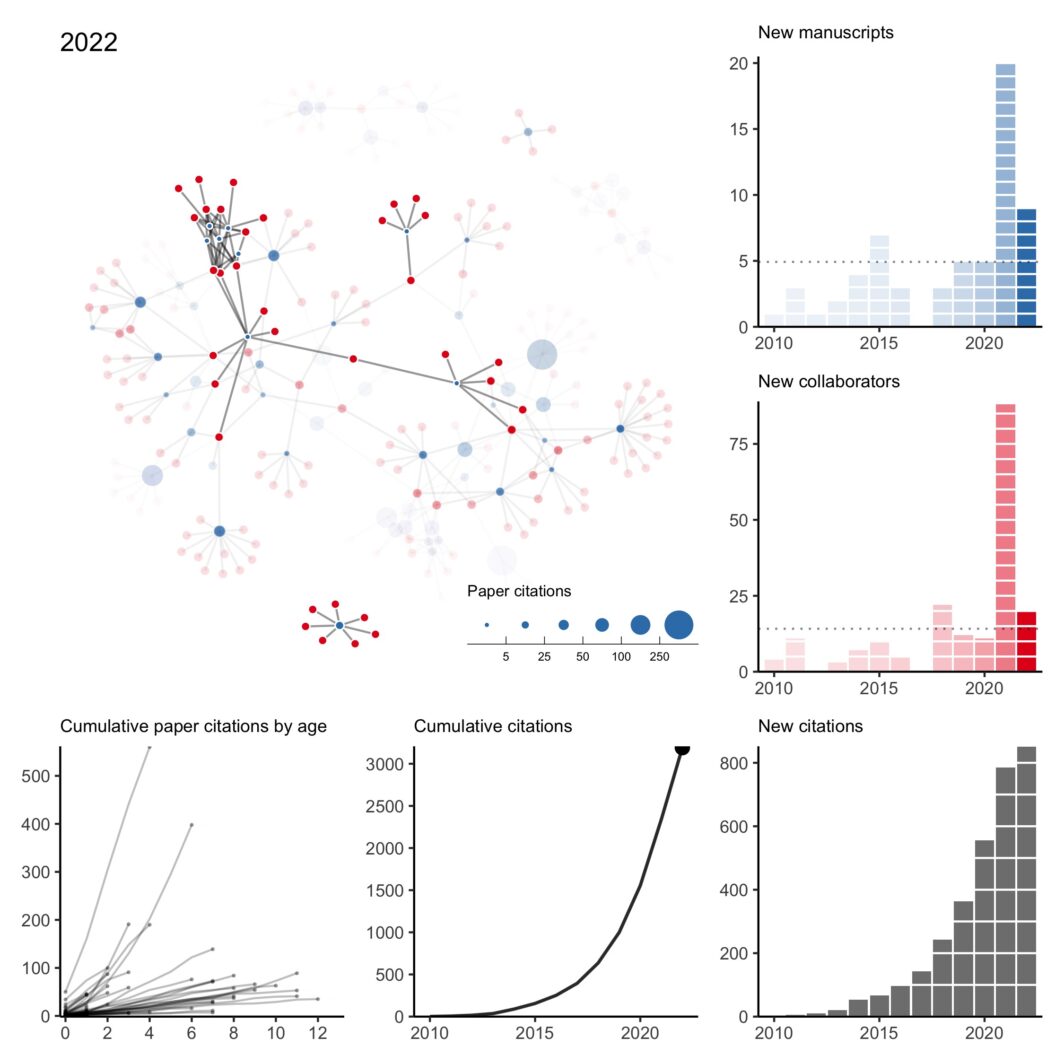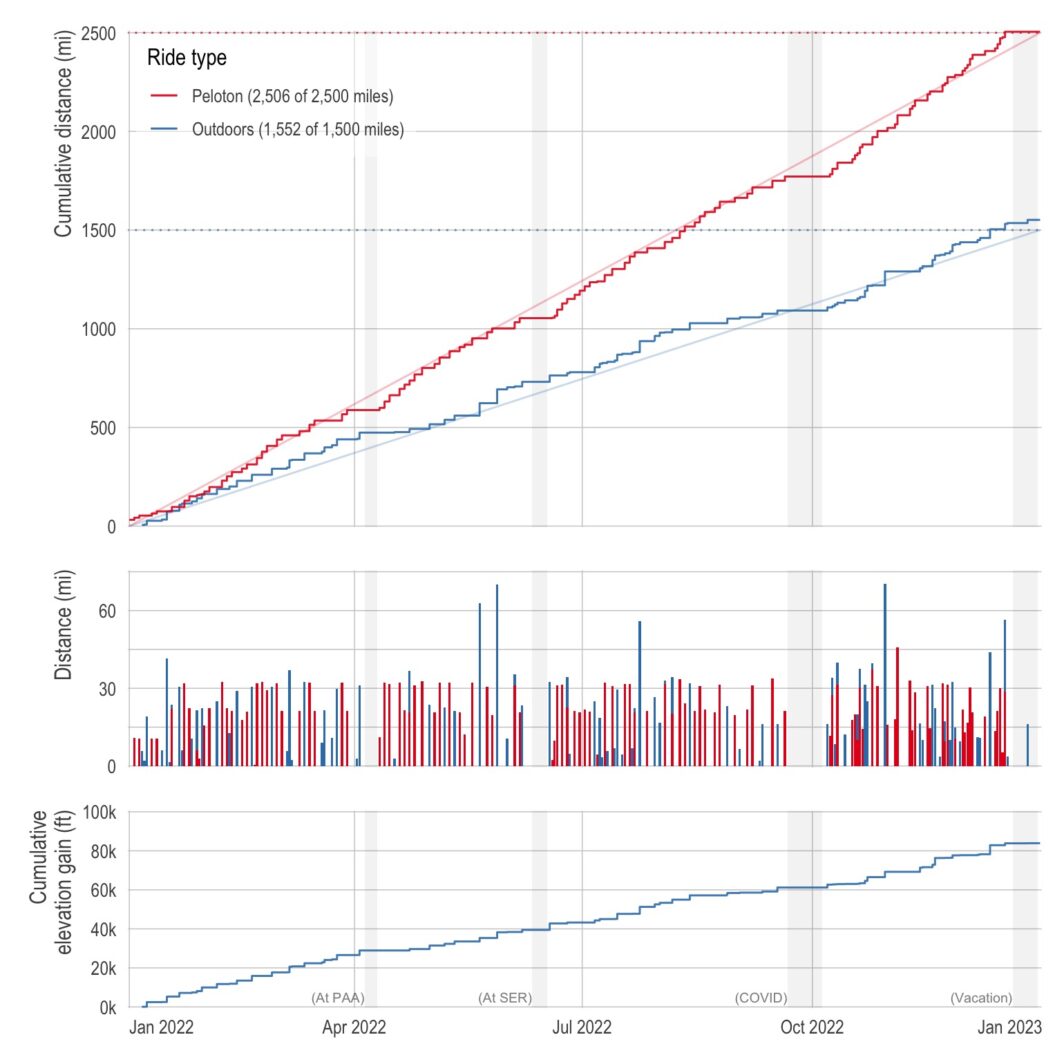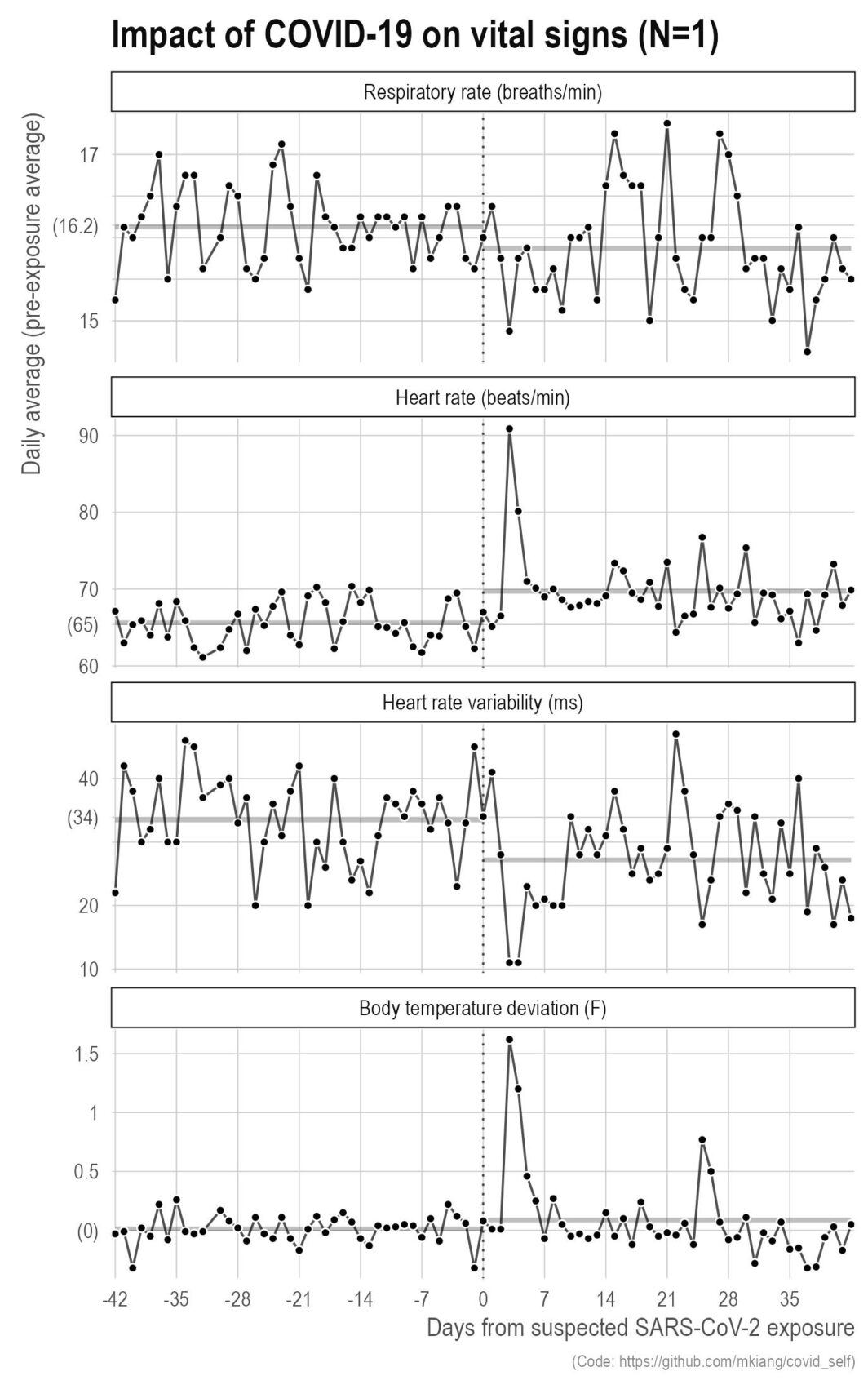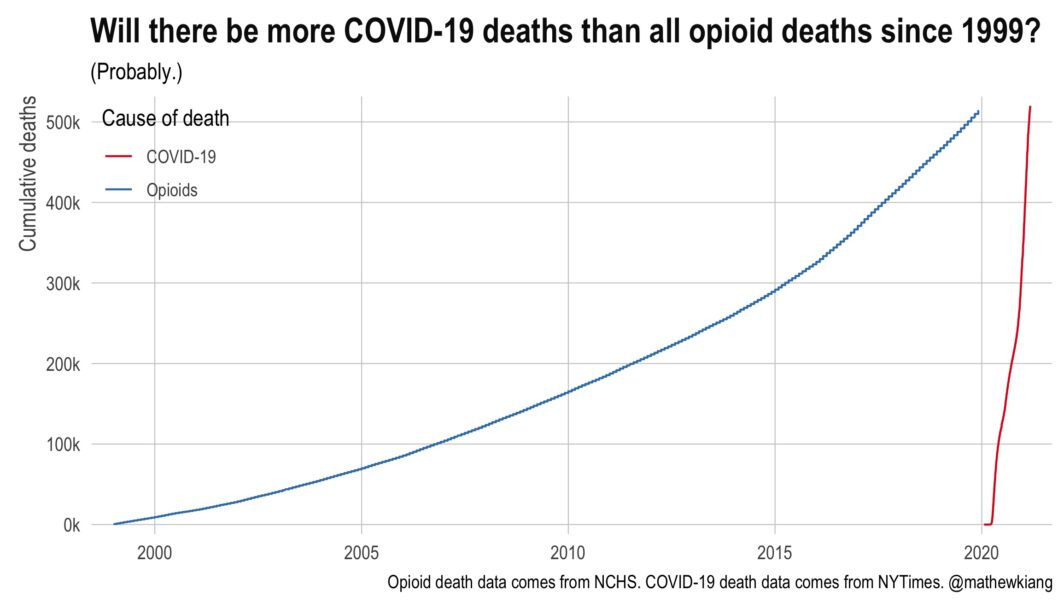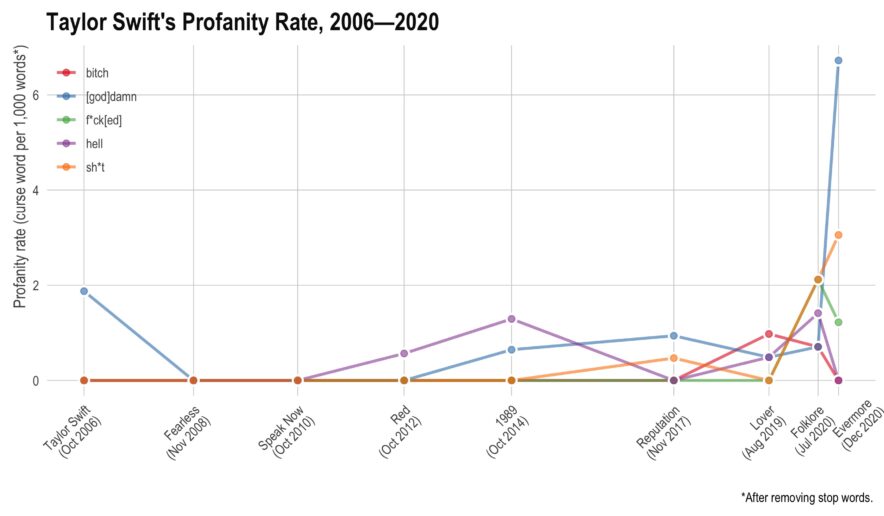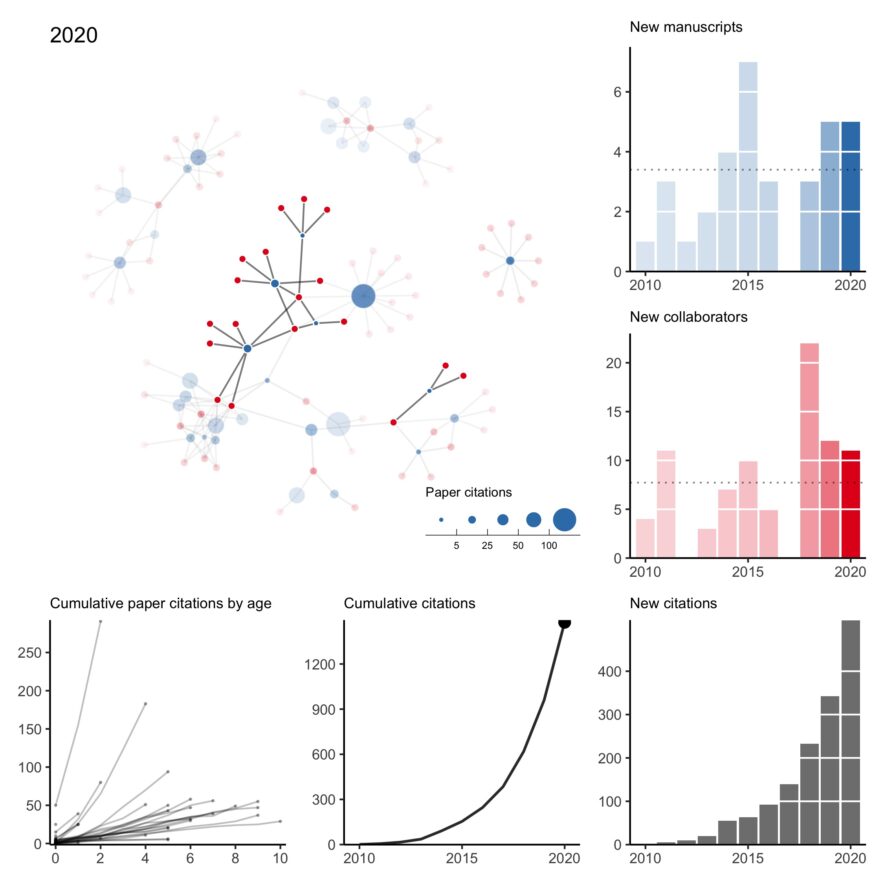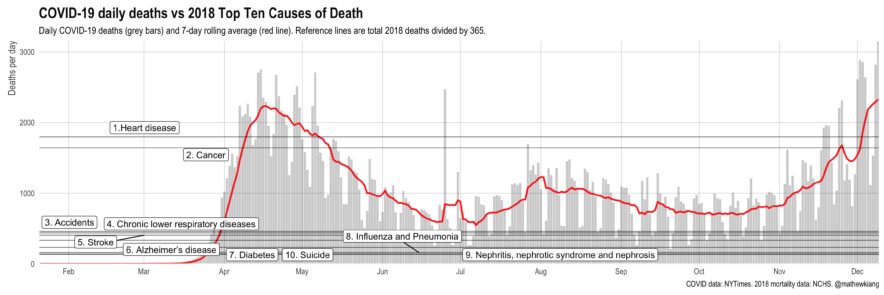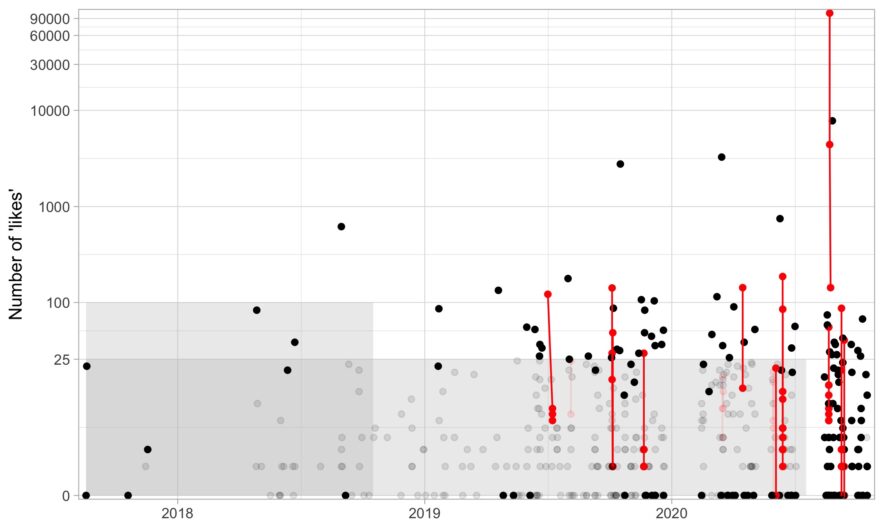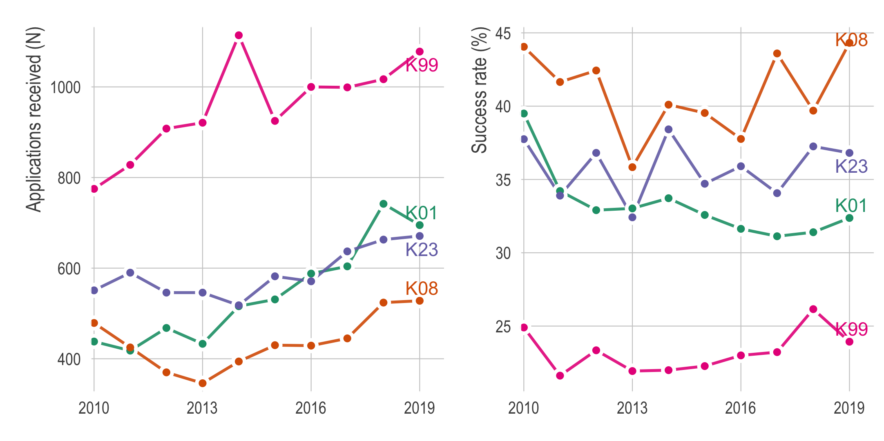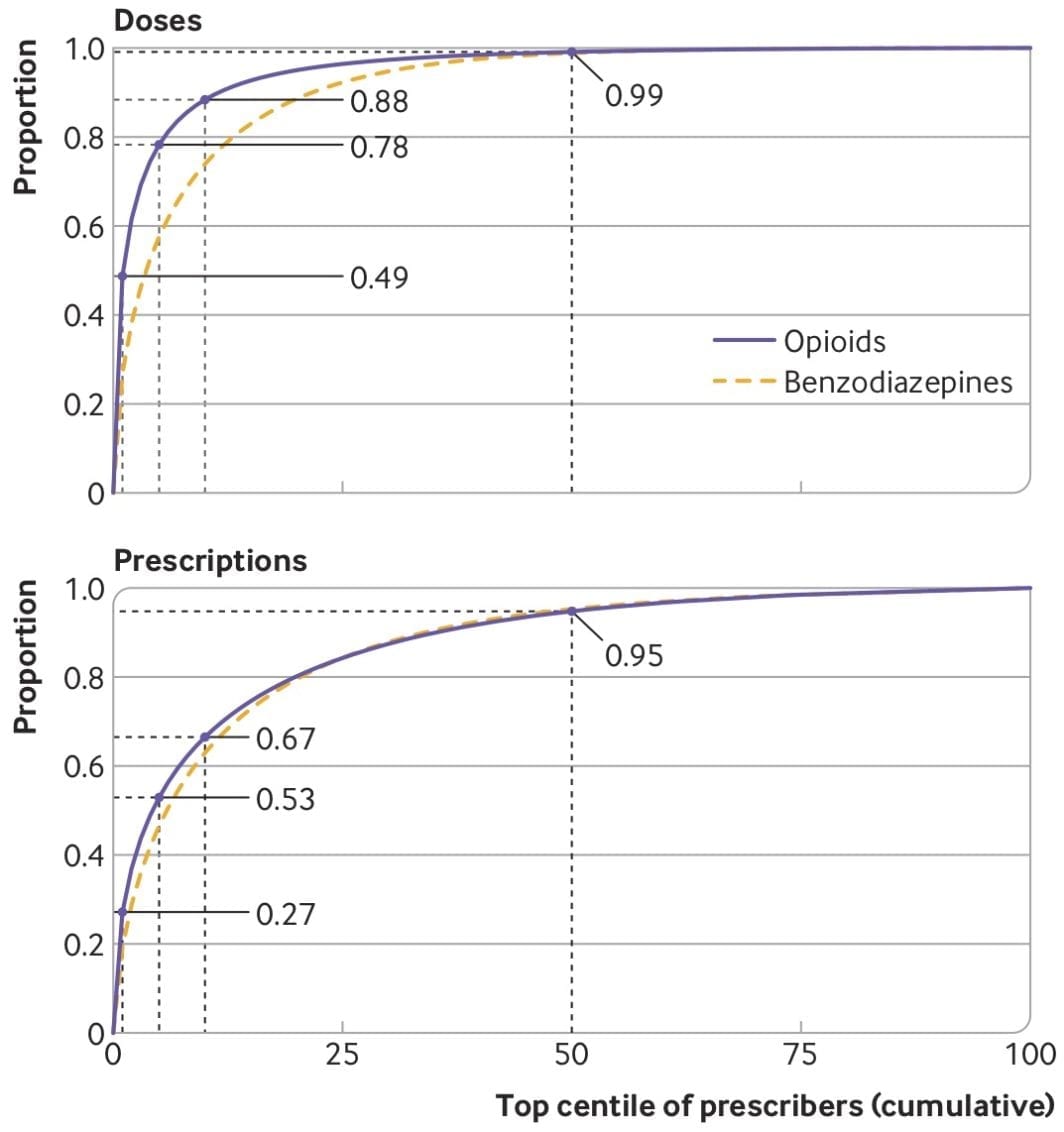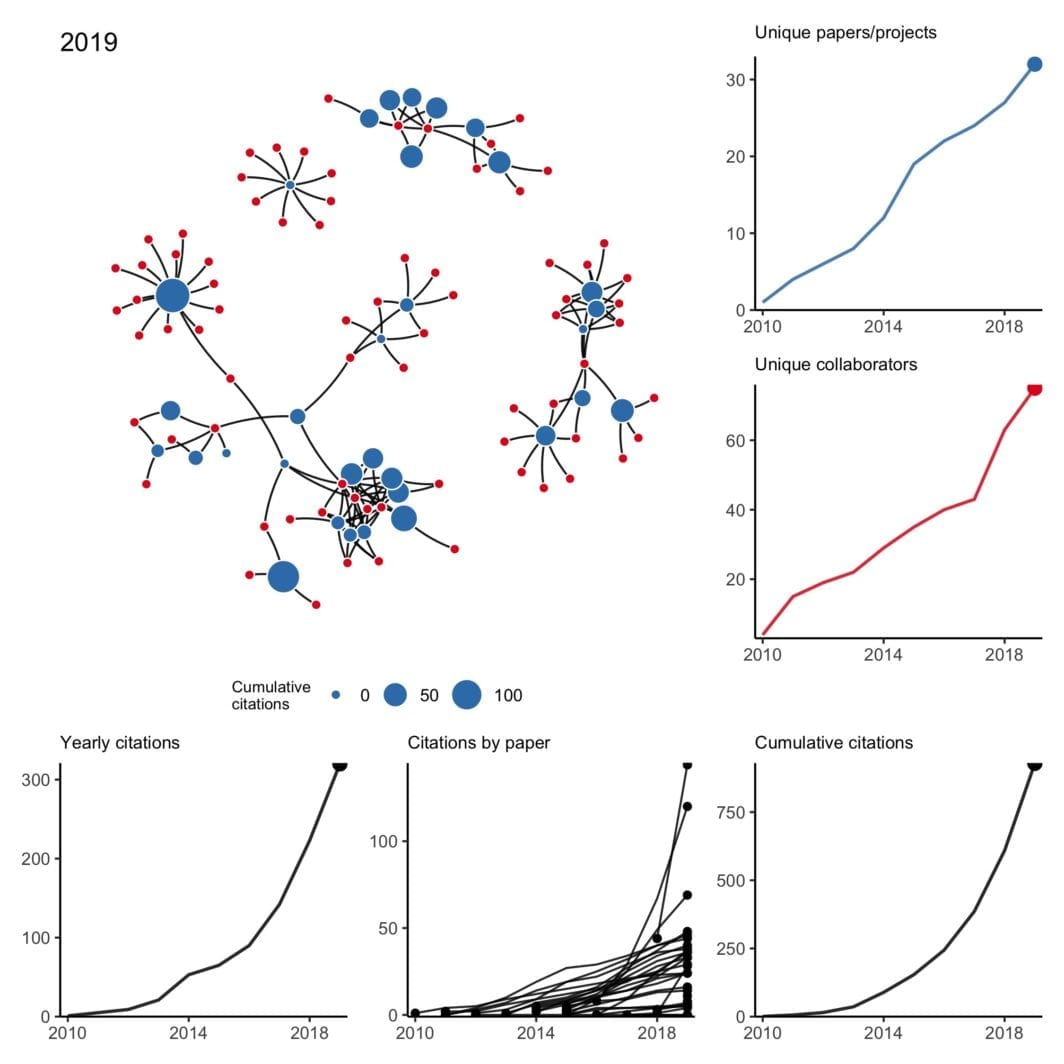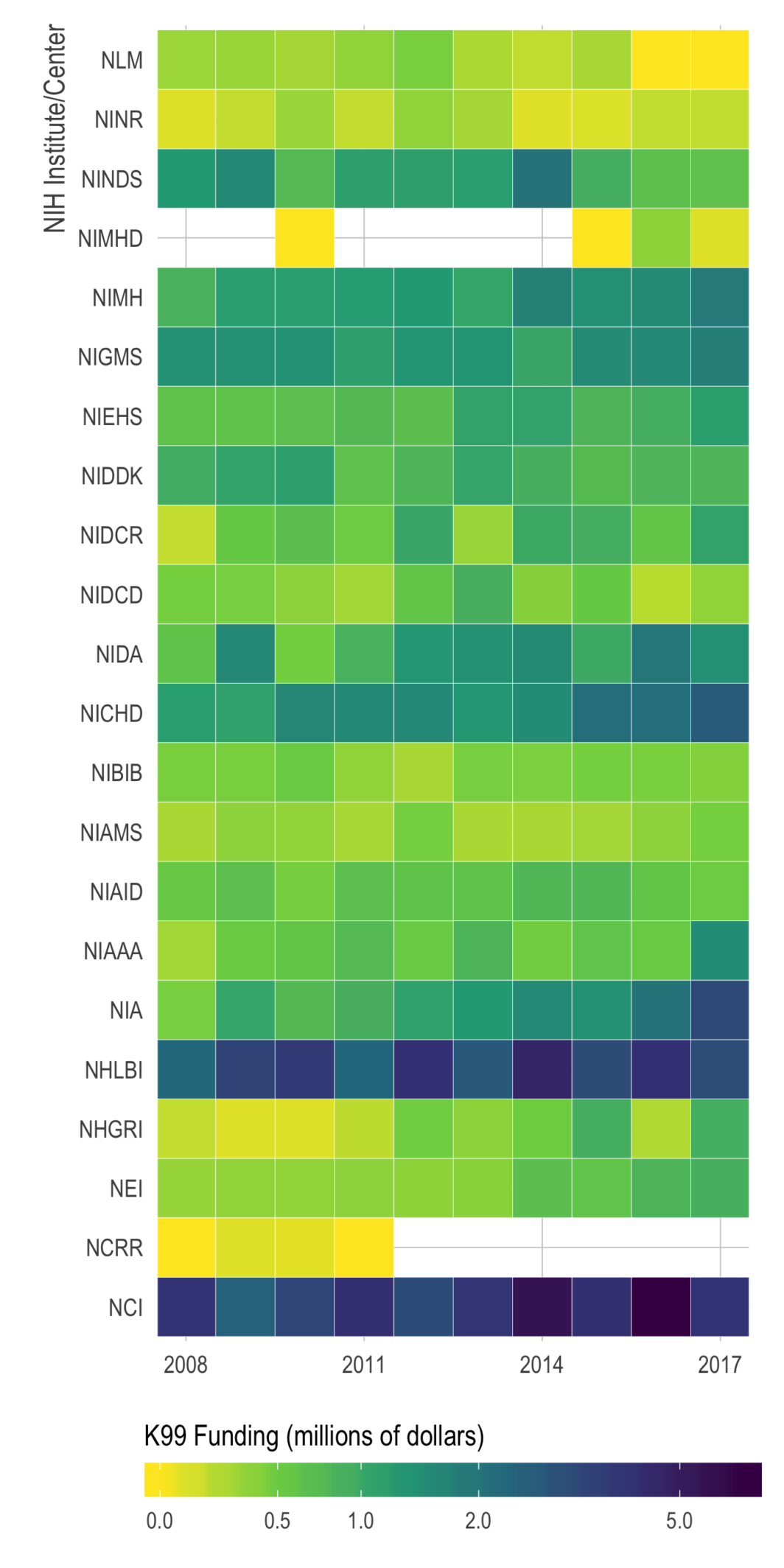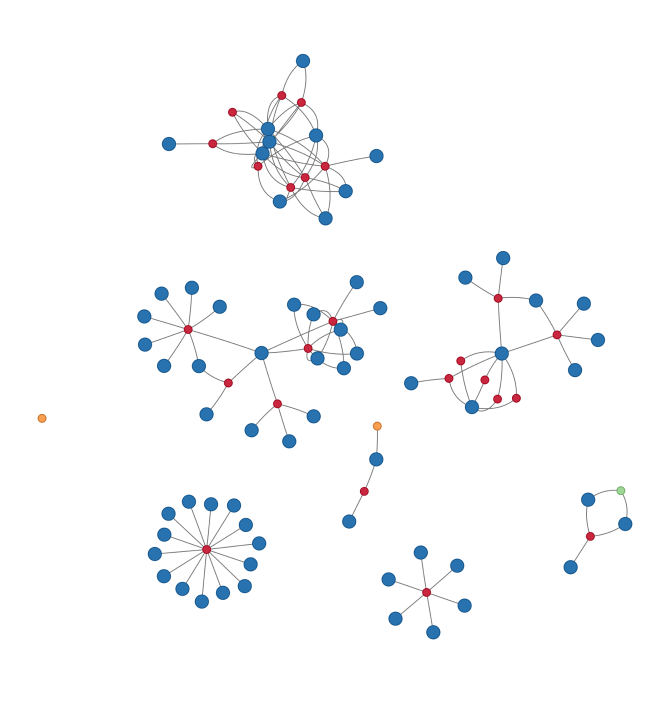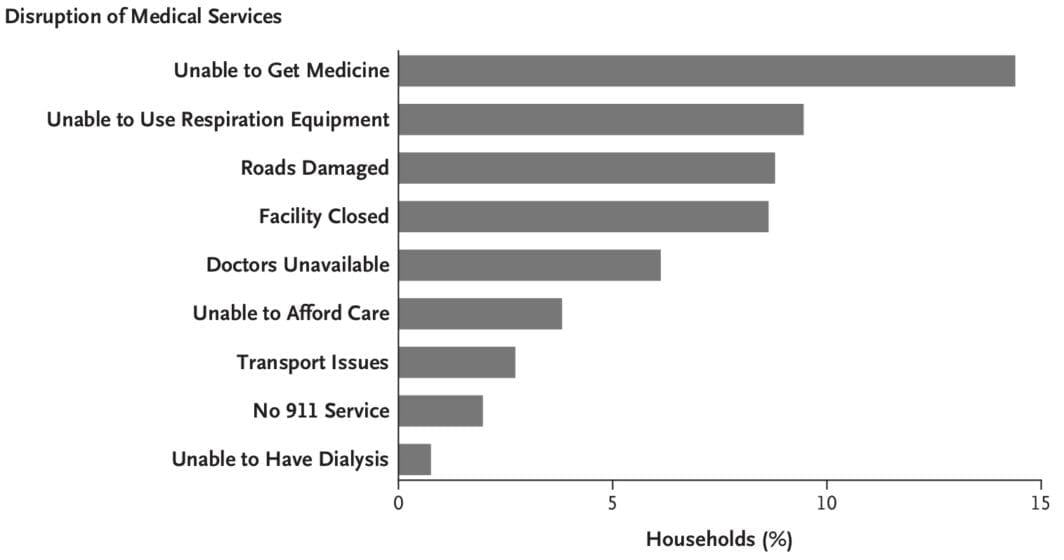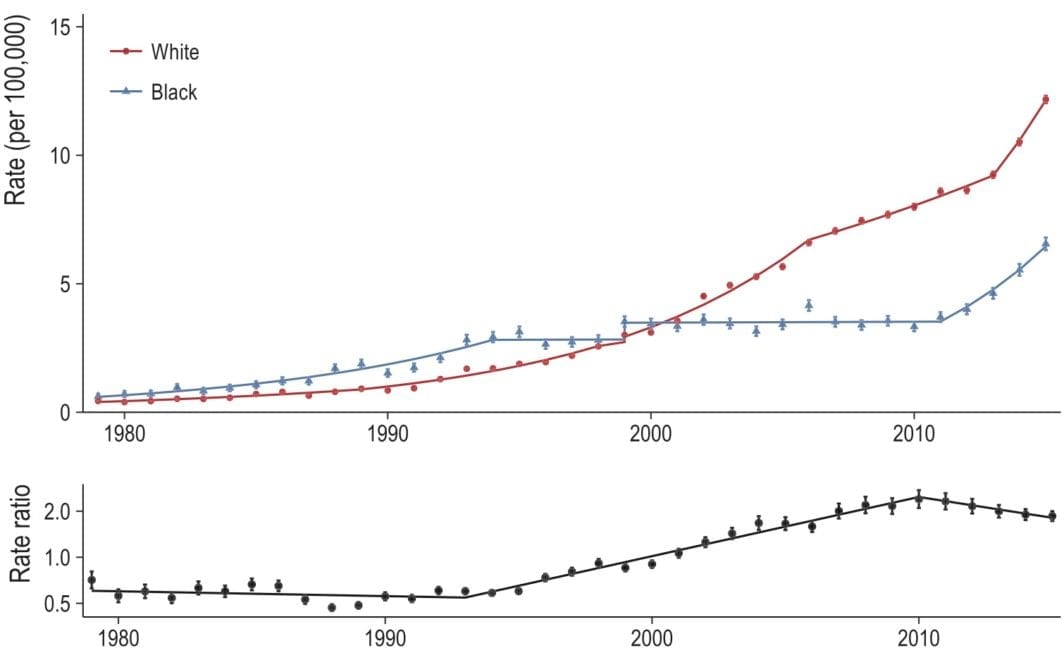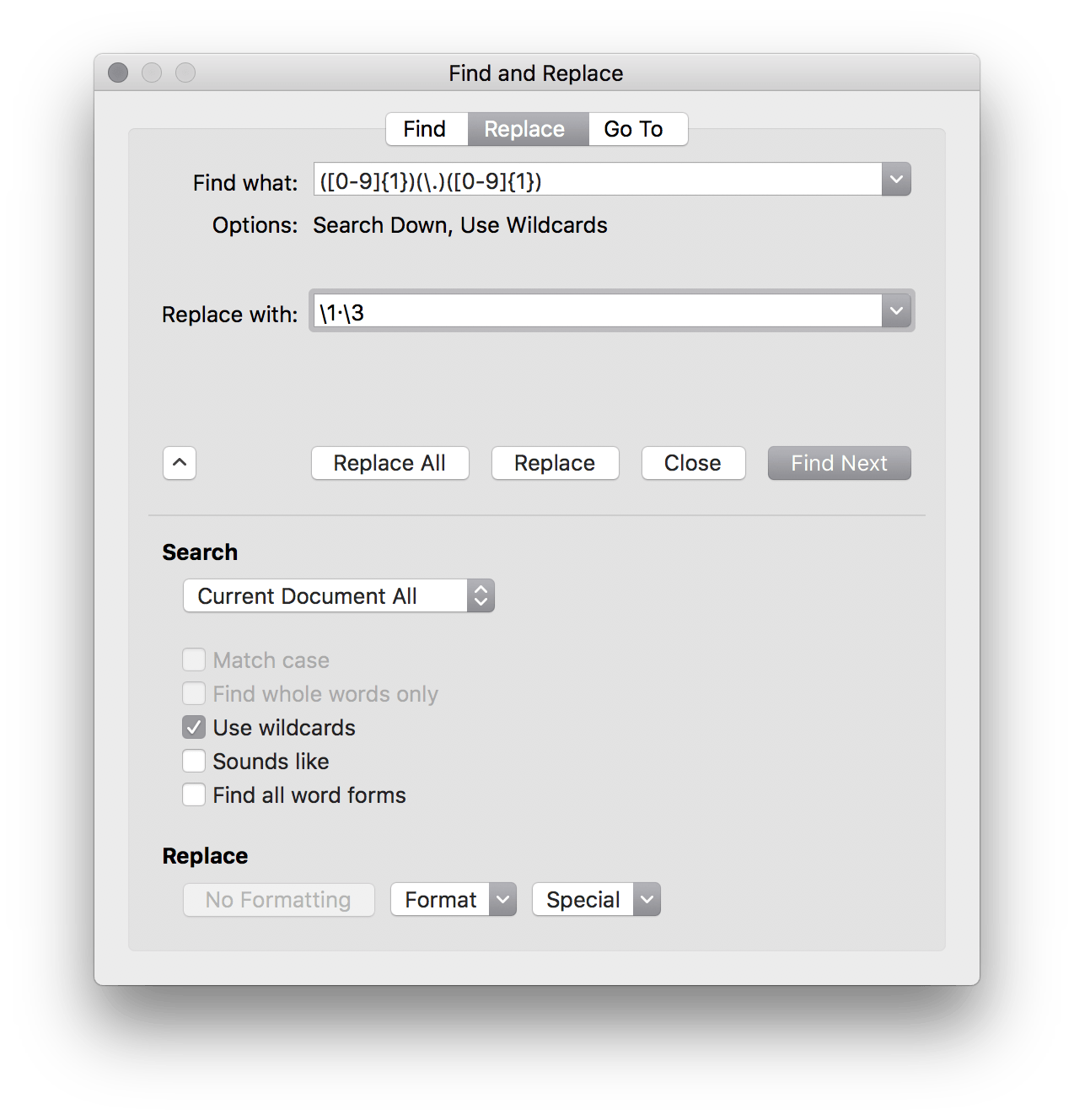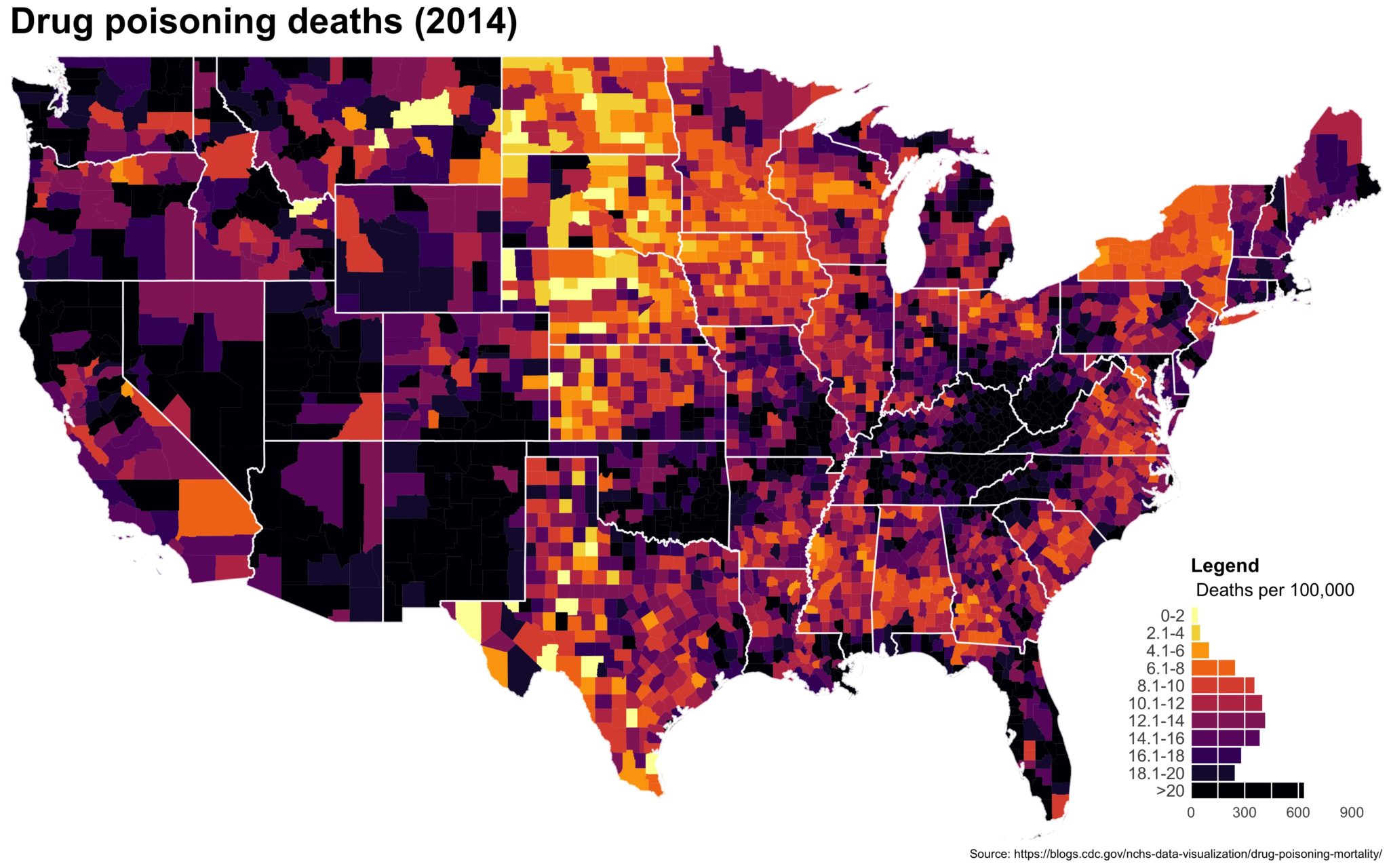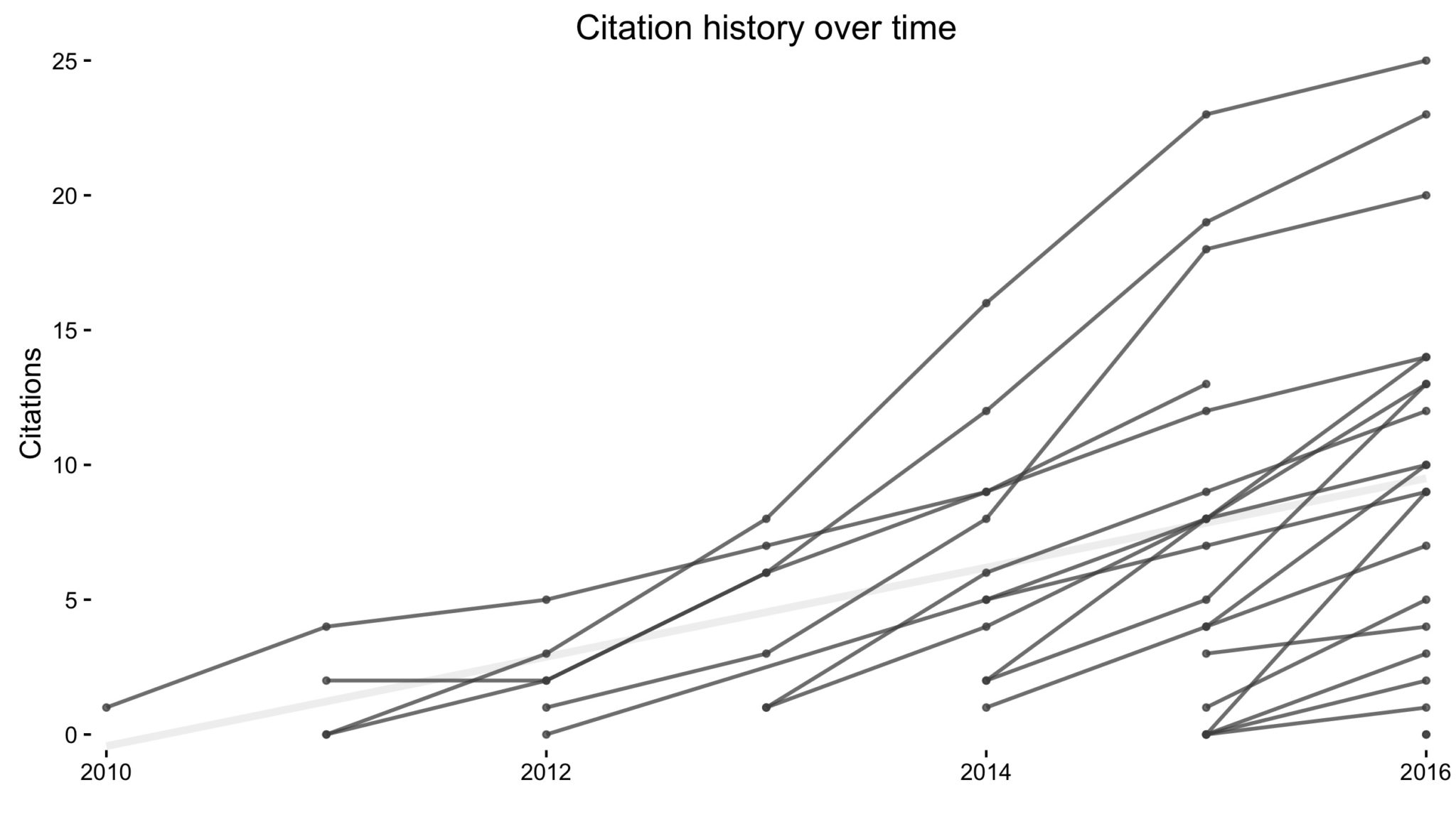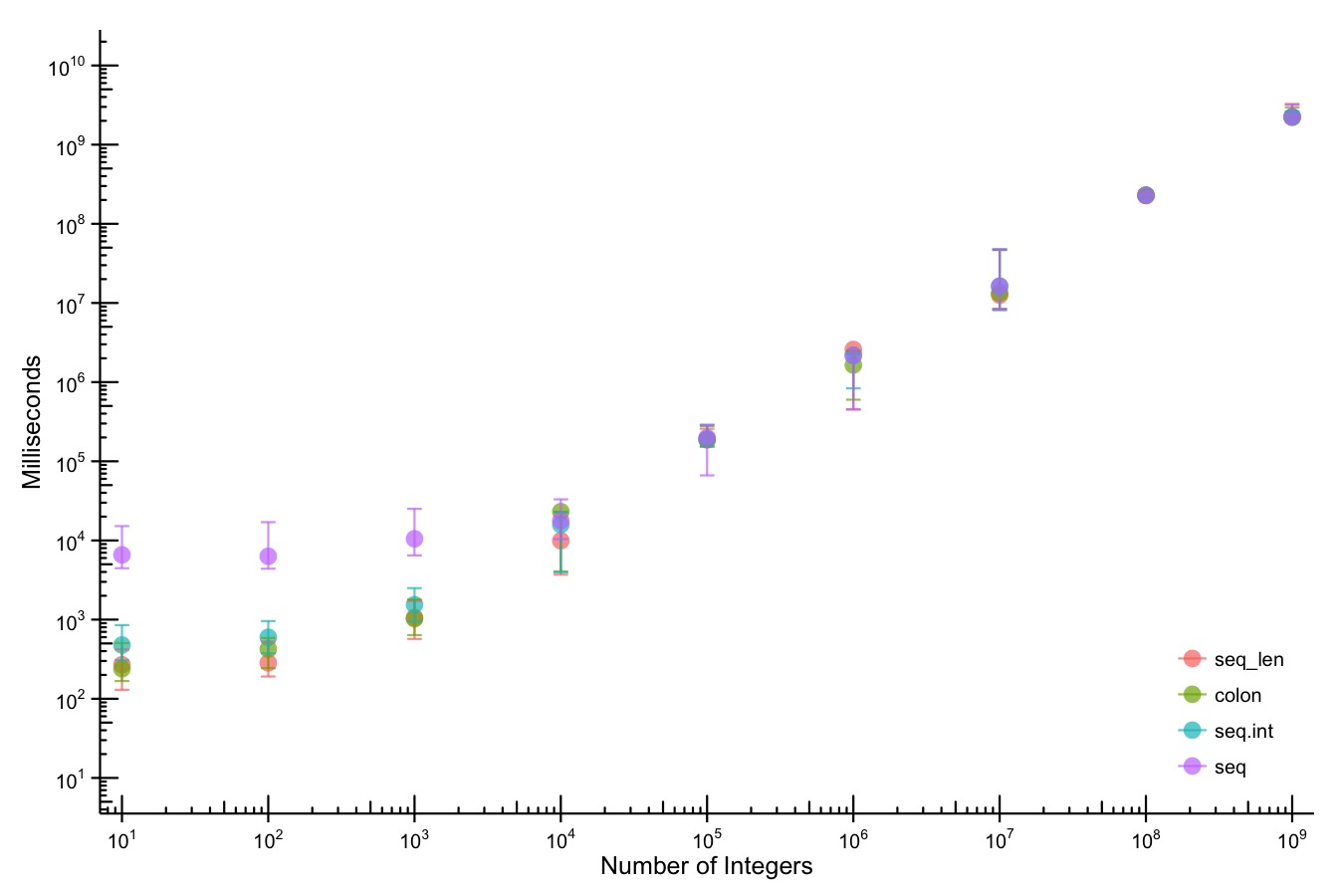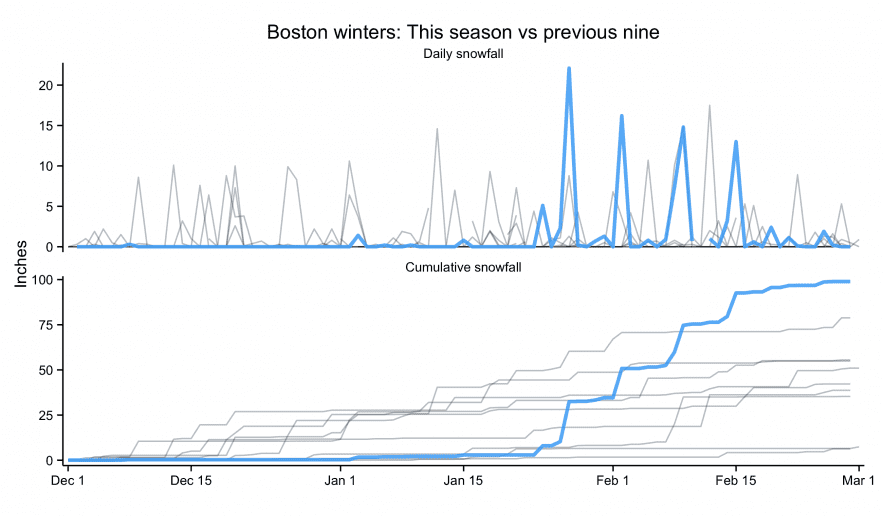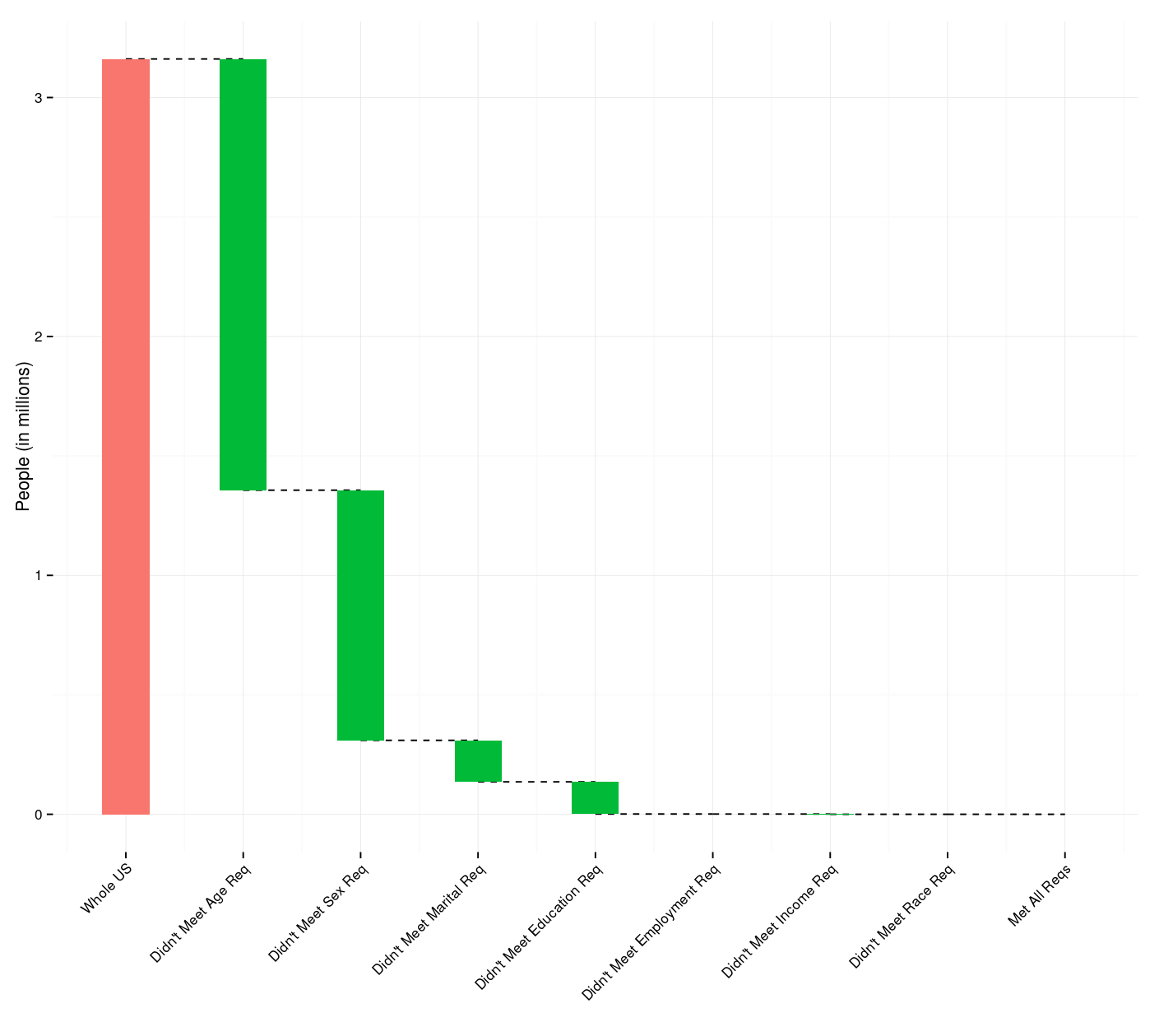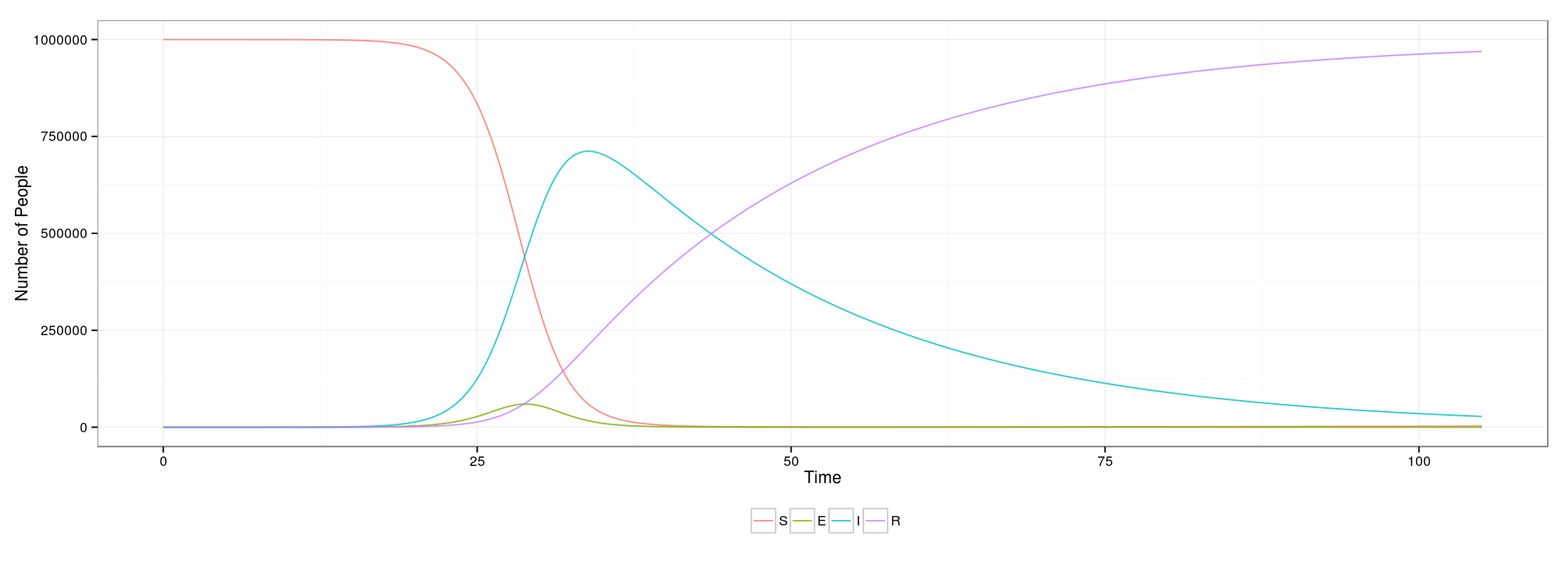Still, every resident within 10 minutes walking distance to a park is quite the feat — especially since San Francisco has a larger population (about 820,000 people), a smaller land area, and more complex topology (~1,000 feet elevation change) than the other places.
As somebody who frequents the local parks quite often, one thing the nearest-walking-distance metric doesn’t capture is the diversity of parks in San Francisco. For example, within 10 minutes of my apartment, there are parks where you can listen to stadium concerts for free, enjoy a manmade beach that looks across the bay, go to one of the largest kids’ playgrounds in the city, picnic to live entertainment during a Warriors game, or grab a beer and lunch from some food trucks.
This did make me a bit curious though — is my neighborhood unique?
